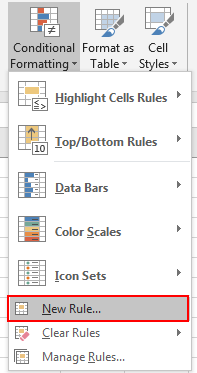
When changing the border property, these boolean values determine if the lines are changed to the style contained in the respective. The value false means the cells are formatted differently and the content of the. If the property contains the value true, the line style is equal in all cells that include the line. The boolean members Is.LineValid specifies the validity of the. Each line is represented by a struct .BorderLine that contains the line style and color. A cell range contains six different kinds of border lines: upper, lower, left, right, horizontal inner, and vertical inner line. The cell border style is stored in the struct .TableBorder. Changing the property values affects all cells of the object being formatted. The service contains all properties that describe the cell formatting of the cell range, such as the cell background color, borders, the number format and the cell alignment. These properties are accessible through the interface .XPropertySet that is supported by all the objects mentioned above. XPropSet.In cells, cell ranges, table rows, table columns and cell ranges collections, the cells are formatted through the service .CellProperties. getPropertyValue ( "ConditionalFormat" ) // create a condition and apply it to the rangeĬom. get the conditional format object of the cell rangeĬom. The xSheet is the .XSpreadsheet interface of a spreadsheet. Under Select a Rule Type, choose Use a formula to determine which cells to format. This will open the New Formatting Rule window. So instead of a 1 dimensional scale like the Color Scale in Conditional Formatting, this would, in a sense, be a 3D Color Scale. That will bring up the Conditional Formatting Rules Manager window. I would like to set a cell’s color by referring to another cell’s content, such that if the referred cell contains a hexadecimal or decimal number, the colored cell would use that number as its RGB values for its color. Select Condition 1, choose cell value is greater than and type 50 in the value box. format cells that contain the specified text (Text that Contains.) or refer to a certain date interval(s) (A Date. On the Home tab of the Ribbon, select the Conditional Formatting drop-down and click on Manage Rules. Conditional formatting dialog box appears as shown in Figure 11.2 4.

Choose Format Conditional Formatting from the menu bar 3. It uses the cell style "MyNewCellStyle" that is applied to each cell containing a value greater than 1. Procedure to apply conditional formatting: 1. Conditional formatting allows you to automatically apply formattingsuch as colors, icons, and data barsto one or more cells based on the cell value.To do this, youll need to create a conditional formatting rule.For example, a conditional formatting rule might be: If the value is less than 2000, color the cell red.

The following example applies a conditional format to a cell range. The method clear() removes all condition entries.The methods removeByIndex() removes the condition entry at the specified position.StyleName: The name of the cell style to apply.SourcePosition: A .CellAddress struct that contains the base address for relative cell references in formulas.The style of the first met condition, true or 'not zero', is applied to the cell. A conditional format consists of several condition entries that contain the condition and name of a cell style. Formula2 is used only if the property Operator contains BETWEEN or NOT_BETWEEN. A cell can be formatted automatically with a conditional format, depending on its contents or the result of a formula. Formula1 and Formula2: Strings that contain the values or formulas to evaluate.Operator: A .ConditionOperator constant describing the operation to perform.It expects a sequence of .PropertyValue objects. To apply conditional formatting based on a value in another cell, you can create a rule based on a simple formula. The method addNew() inserts a new condition. This guide provides a gentle introduction to AsciiDoc, a plain text documentation syntax and processor.This introduction is intended for anyone who wants to reduce the effort required to write and publish content, whether for technical documentation, articles, web pages or good ol'-fashioned prose.The interface .XSheetConditionalEntries inserts new conditions and removes them. The service .TableConditionalFormat contains all format conditions and returns .TableConditionalEntry objects.



 0 kommentar(er)
0 kommentar(er)
